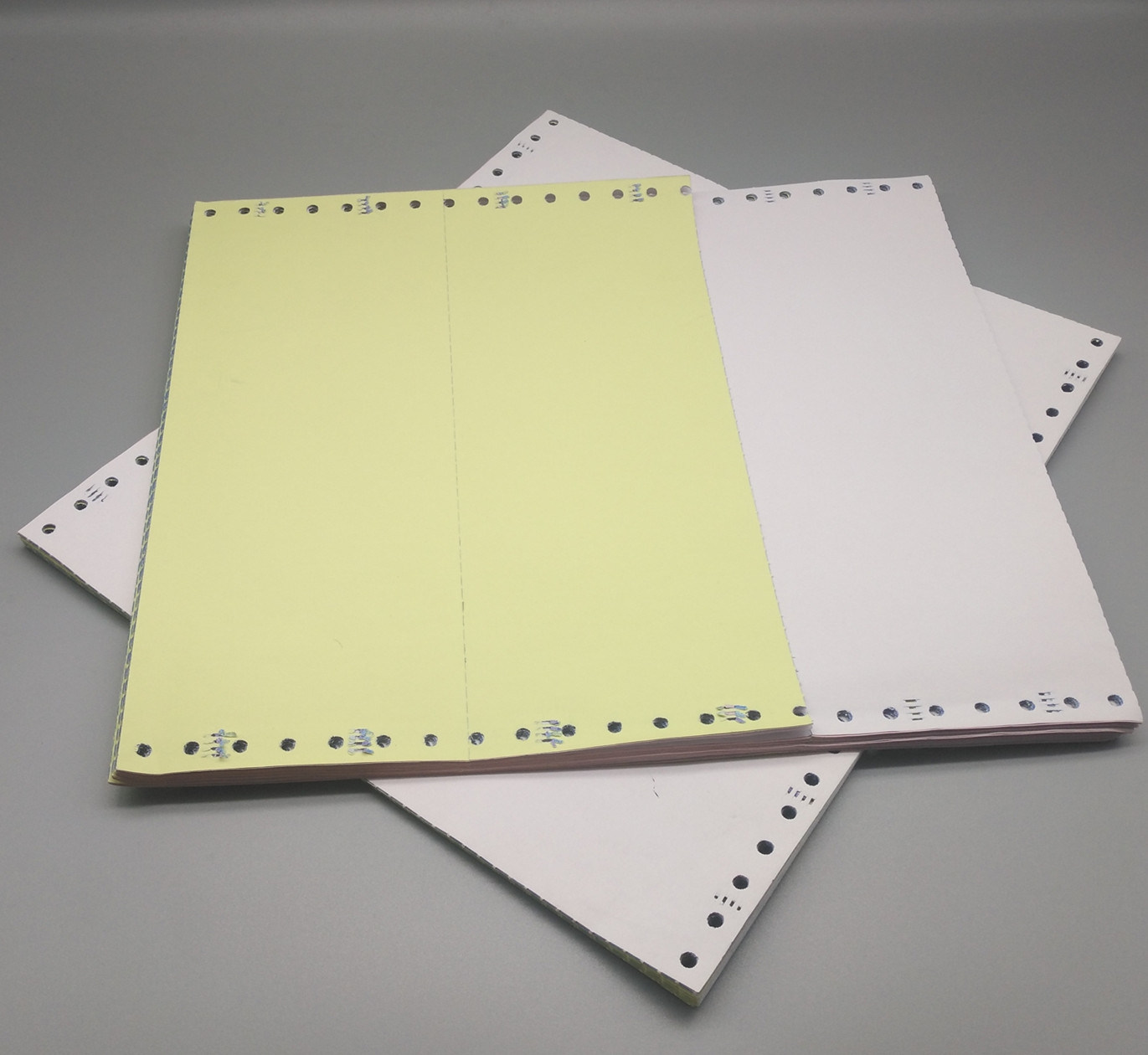The invention and the way carbonless paper developed over the years has an interesting start. The initial concept was transferring ink onto two separate sheets of paper resulting in two copies of the same document. As inventors of the carbonless paper are recognised Ralph Wedgewood and separately, Pellegrino Turri. What they were doing was trying to help blind people write letters but without making a mess when using a pen and ink. So, here is how it all went. Ralph Wedgewood designed a stylograph in 1806 and a machine with it and the first invented carbon paper. Back then, carbon paper was a thin sheet of paper coated with wax and ink. This sheet was put between two sheets and horizontal metal wires were put on the top sheet so that blind users would be guided by them. After realising that this could lead to transferring information from one sheet to another, further development of a new system took place. With a metal stylus, you could write on the top sheet and the pressure applied created an imprint of the writing onto the reverse side of the immediate sheet below. This was the new invention that captured the attention of England. The businessmen became the biggest users as the needed to produce documents that have several copies. However, the carbon paper had its disadvantages that made its popularity to decline. The biggest problem was that no matter how quality the paper was or the writer’s technique, it could only give a limited number of copies. Ever since its invention, the carbon paper could produce copies of out-going correspondence which meant that if people needed copies from incoming documents they still needed to copy them by hand. That is why in 1953 carbonless paper was invented and offered as a better alternative to the carbon paper. Carbonless paper or NCR paper (No Carbon Required) was the masterpiece of two chemists Lowel Schleicher and Barry Green. They created a system where ink was released from tiny bubbles inside its texture when pressure was applied by a pen. This system saw rapid development in photocopying and information technology in the 20th century and led to the irreversible decline of the old carbon paper system. The way carbonless copy paper works are very simple. On each sheet of NCR paper (except for the top sheet), there is a special layer of re-active clay. On the back of each sheet of paper (again, except for the top sheet) there are very small particles of ink. And when you write with a pen on the top sheet the ink and clay are squeezed together where the pressure of the pen is applied. This created an outline on the top sheet of the NCR below. Today, there are lots of multi-part NCR pads, NCR books and NCR sets that are used in offices all over the world. Commonly used are the duplicate invoice books carbonless paper, statement pads, delivery dockets and adjustment notes. All of the carbonless books have pre-printed layouts so that they can look professional. They are also sequentially numbered so that the user can keep a record of jobs, purchase orders or invoice numbers.
How Carbonless Paper Came To Become So Popular?
 How Carbonless Paper Came To Become So Popular?
How Carbonless Paper Came To Become So Popular?



.jpg)









Recent Comments